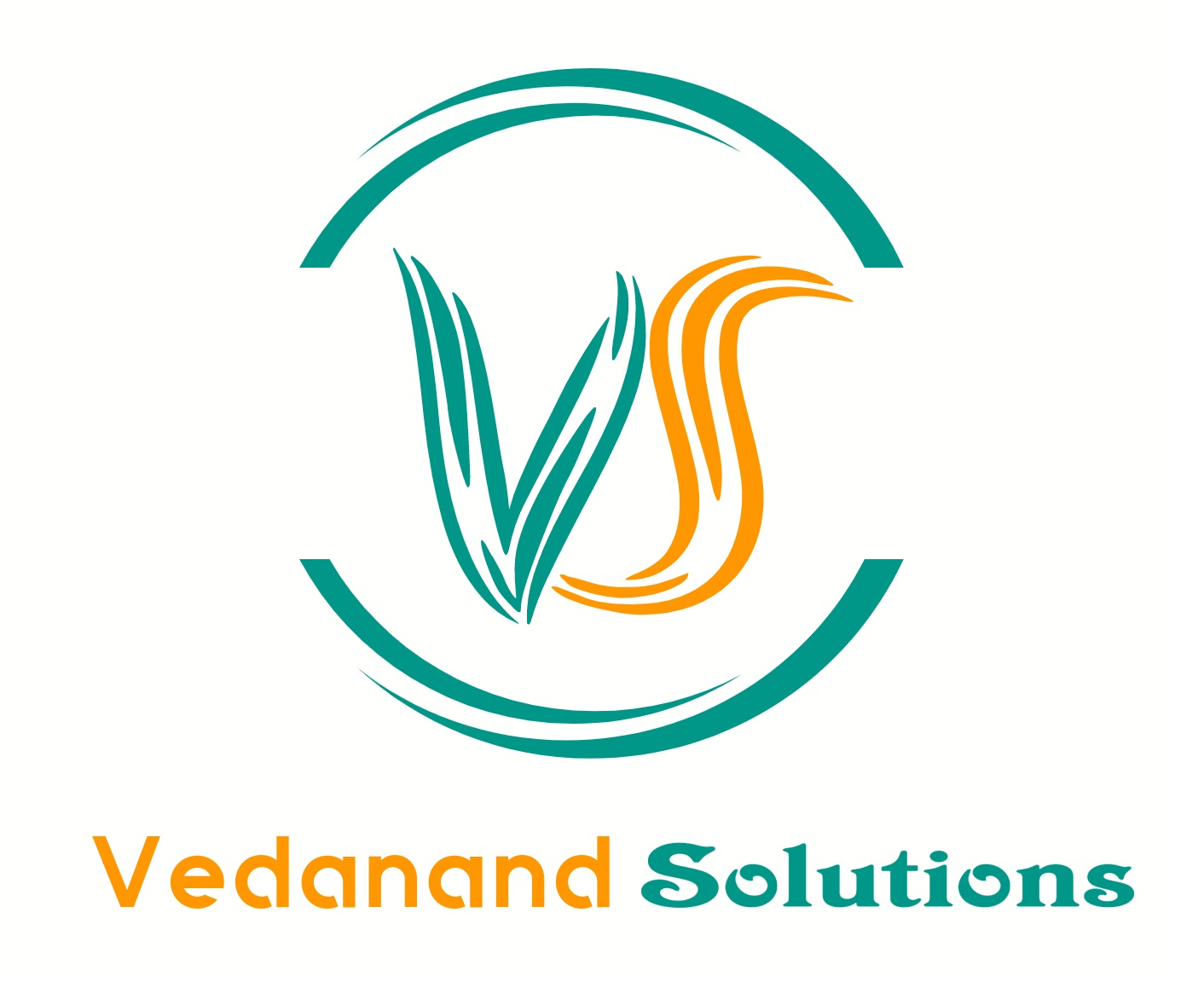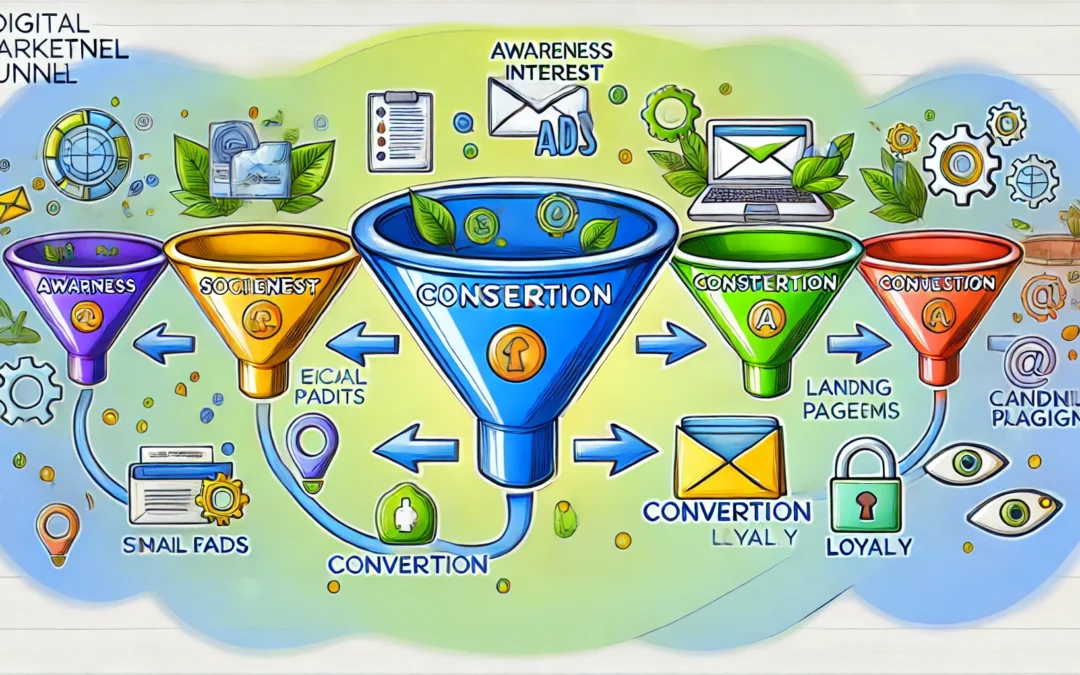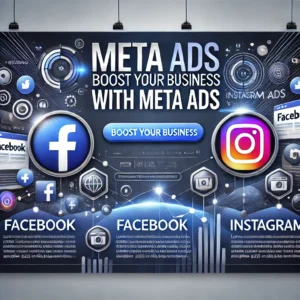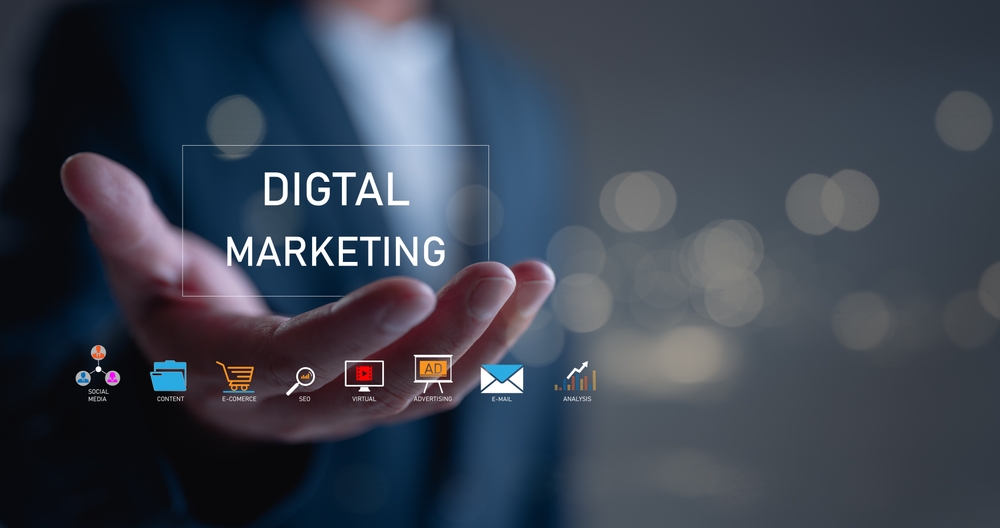In digital marketing, the scene continues to change and you need to cater your strategy accordingly so that it can result in experience leading to customer engagement leading to a high ROI with ever increasing tutoring rates. The digital marketing funnel is a model that represents the journey of getting someone from initial awareness through to the first purchase and beyond. In this post, we will break down the phases of a digital marketing funnel and some actionable tactics that can be used in different stages with examples so it is more practical.
What is a Digital Marketing Funnel?
A digital marketing funnel is a model that outlines the path potential customers take from discovering your brand to becoming loyal customers. The funnel typically consists of the following stages:
- Awareness (Top of the Funnel – TOFU)
- Interest (Middle of the Funnel – MOFU)
- Consideration (MOFU)
- Conversion (Bottom of the Funnel – BOFU)
- Loyalty and Advocacy
Awareness Stage
Top Of The Funnel (TOFU): Awareness Stage This represents the top of the funnel, which is where your potential customers first hear about you. Step 1 The purpose of this level is to acquire your customers (top-of-funnel & branding)
Strategies:
Content Marketing: Establish Value-added Blog Posts, Videos, Infographics and Social Media Content.
SEO and SEM; Make your website more SEO/SEF friendly to Sell Products Here. Pay per click (PPC) and other paid search ads to provide targeted traffic.
Create a Facebook Page: Give your business page on to increase the reach and target potential customers Social Media Marketing (SMM): Higher-rated profile social media platforms are used as part of SMO Services in Mumbai.
Case Study: CrazyEgg The heat mapping tools that SaaS company CrazyEgg provide have great potential for organic as well paid traffic. The content they create for their blog ranks high on Google search and captures traffic from people searching how to increase e-commerce revenue. The combination of the two creates awareness you looking for, and it drives customers to their site
Interest and Consideration Stages
While considering the interest and consideration part, prospects are reviewing what you offer. They want to know more and compare.
Strategies:
Email Marketing: You can use email campaigns to nurture your leads and provide them with valuable content, product updates or custom offers.
Webinars & Demos: Conduct webinars and live demos to detail the features, benefits of your product.
Use of case studies and testimonials: share your success stories, people trust more if they know it has worked for someone else.
Case Study: Zendog Labs, a VC advisory service uses Meta Instant Form ads to capture valuable leads. They also create a Calendly link so potential clients can schedule call times and follow-up with text messages sent by Click Send. This personal approach can help to convert leads into customers.
Conversion Stage
Conversion (bottom of the funnel): This is where leads convert into customers. The main idea here is to create a frictionless and persuasive user experience that compels them to act.
Strategies:
You can also try landing pages with CTAs so that they are optimized for conversion.
Retargeting Ads: Remind potential buyers about your product and encourage them to purchase using retargeted ads.
Exclusive Offer/Deal: Make an offer such as a discount, deal or free trial to convince the shopper further ahead of time.
Case Study: CrazyEgg , After clicking on of their Facebook ads, the funnel walks anyone aware about them to a page where they will then enter in their website for heatmap analysis. This interactive step leads to more engagement and closer prospects for conversion. They then nurture leads with informative emails and targeted offers until they are ready to buy
Loyalty and Advocacy Stage
Here the focus moves to loyalty and converting customers into advocates post conversion. Repeat purchases and word-of-mouth endorsements from loyal customers mean more sales in the long run.
Strategies:
Customer Service: Offer excellent customer service to quickly address problems and establish trust.
Account Loyalty Programs: Choose account loyalty programs that allow you to measure repeat buyers, with rewards in form of discounts or other offers for select segments.
Between-silo connections: Build a community around your brand by utilizing social media groups, forums and events.
Case Study: Waze Use of gamification sense to increase User Engagement. Adding a memory game to their Decentral and metaverse experience grew brand interaction time by 32% The gamified experience warranted high satisfaction and engagement among users, proving that creating engaging/interactive experiences are crucial for sticky user retention.
Optimizing Your Digital Marketing Funnel
To maximize the effectiveness of your digital marketing funnel, continuous optimization is essential. Here are some tips for optimizing each stage of the funnel:
- Analyze Data: Use analytics tools to track user behavior and identify drop-off points in the funnel. Adjust your strategies based on data insights.
- A/B Testing: Conduct A/B tests on landing pages, email campaigns, and ads to determine what works best for your audience.
- Personalization: Personalize your marketing efforts based on user preferences and behavior to enhance engagement and conversion rates.
Also Read: Guide to All SMO Tools: Boost Your Social Media Game
Conclusion
The digital marketing funnel is essential to help unlock customer engagement, real conversions and lasting relationships. Successful businesses will employ targeted strategies within each stage of the funnel, deriving proven case studies upon which increasing customers can be effectively walked from awareness to demand (and beyond!).





